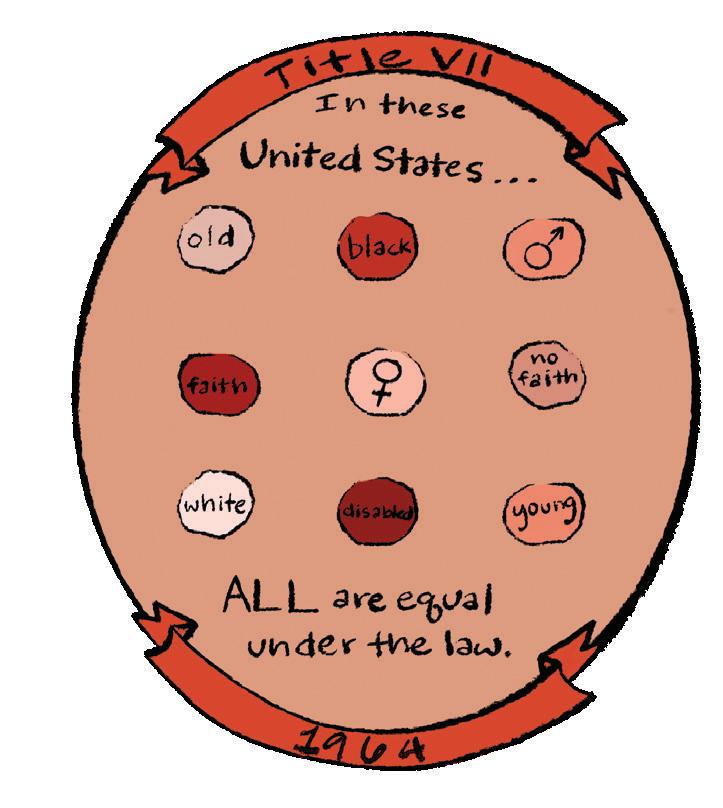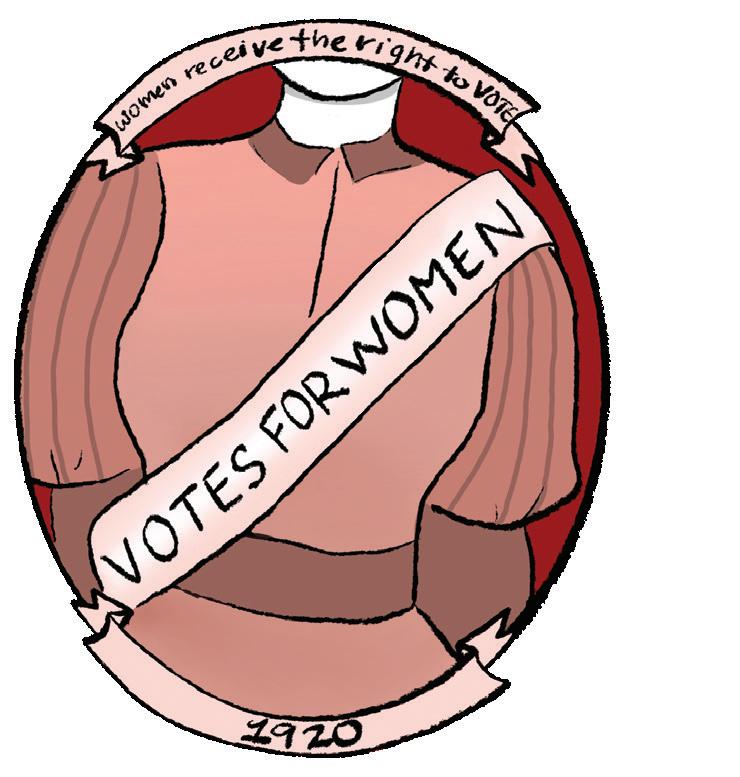
3 minute read
Olivia Robinson: Learning From Literature
Two years ago, a Pepperdine sophomore sat nestled in the crooks of Payson Library, nose buried deep in “Ain’t I a Woman: Black Women and Feminism” — bell hooks’ feminist theory. The author’s words have the reader on an intellectual precipice, grasping at hooks’ concepts and surrounding herself with the powerful rhetoric she had just consumed.
This was how Olivia Robinson, now a senior integrated marketing communication major and Black Student Association (BSA) co-president, immersed herself in the feminist discussion.
“Feminism, at the end of the day, comes from a place of love for ourselves and love for each other,” Robinson said.
Growing up, the Palmdale, California native’s family exposed her to these principles but did not refer to them as feminism.
She discovered a new, more inclusive side of the movement through hooks, who integrated the Black community into the white-women-led discussion. The unapologetic nature of hooks’ writing ultimately inspired Robinson to think more critically about feminism.
“[hooks] was shaping something that was growing in me,” Robinson said. “How do you have these conversations in spaces that you may or may not have been invited into and speak on the things that are impacting you and your people or people you care about?”
Looking at hooks’ standpoint inspired Robinson to add another layer of depth to conversations about women’s rights, including the TEDx Talk she gave at Pepperdine.
“[I’m] able to understand things that I hadn’t thought about before or things that I had thought about from a limited perspective,” Robinson said.
For Robinson, the meaning of feminism is constantly evolving, especially because her own generation is building upon the previous generation of women, whose sacrifices have opened doors for current feminists.
“It’s really interesting, beautiful and necessary to force pursuing social justice,” Robinson said. “I see myself as still growing in its ideology. I’m still coming to understand its fallacies and its shortcomings but also embracing what it is in and of itself.”
Robinson said she believes that feminism benefits and includes all genders.
“I think what’s important, too, is that men themselves are being uplifted by the feminist movement,” Robinson said. “It really is about equity and equality.” by Ali Levens photo by Milan Loiacono
1848
Seneca Falls: Female abolitionists lead the first women’s rights convention in the U.S., marking the beginning of women’s suffrage and first-wave feminism.
1865—70 New Amendments: The 13th, 14th and 15th Amendments make slavery illegal, promise equal protection under the law and give Black men the right to vote.
1869 Suffrage Movement
Divides: Elizabeth Cady Stanton and Susan B. Anthony refuse to support the 15th Amendment because it excludes women, leading to a split in the movement.
1989
Intersectionality: Kimberlé Crenshaw coins this term to explain how marginalized groups experience compounded discrimination. Thirdwave feminism adopts the term.
1979 Womanism: Alice Walker introduces the term ‘womanist’ in reference to feminist ideologies that highlight the economic, racial and gender issues Black women endure.
1972 Equal Rights
Amendment: Congress passes the 27th Amendment to guarantee women legal equality. After 10 years, it fails ratification.
1996 Mujerista
Movement: Latina women oppose discrimination against their race, sex and class.

2006
Me Too Movement: Activist Tarana Burke raises awareness for survivors of sexual violence. Actress Alyssa Milano later popularizes the #MeToo hashtag in 2017, part of fourth-wave feminism.

2017 Women’s March on Washington: One day after President Donald Trump’s inauguration, protestors raise awareness about women’s issues.
1920 19th Amendment: Women receive the right to vote in all states.

1941 Women In the
Workforce: The U.S. entry into World War II allows 5 million women to enter the job market.
1954 Civil Rights Movement: African Americans unite to fight against racial discrimination, empowering women to seek legal equality. This leads to second-wave feminism.
1964 Civil Rights Act: Title VII outlaws discrimination based on race, sex, religion, color and national origin.
1963 “The Feminine
Mystique:” Betty Friedan exposes women’s need for fulfillment outside of the home.

2018 Time’s Up: Hollywood celebrities call out sexual discrimination and harassment in the workplace. The legal defense fund has raised millions to help survivors.
1960 Oral Contraception: The FDA approves the first form of oral contraception for women in the U.S.

2020
Feminism Today: The Women’s March struggles over divides with Black Lives Matter and anti-abortion rights activists. A record number of female candidates run for president of the United States.










